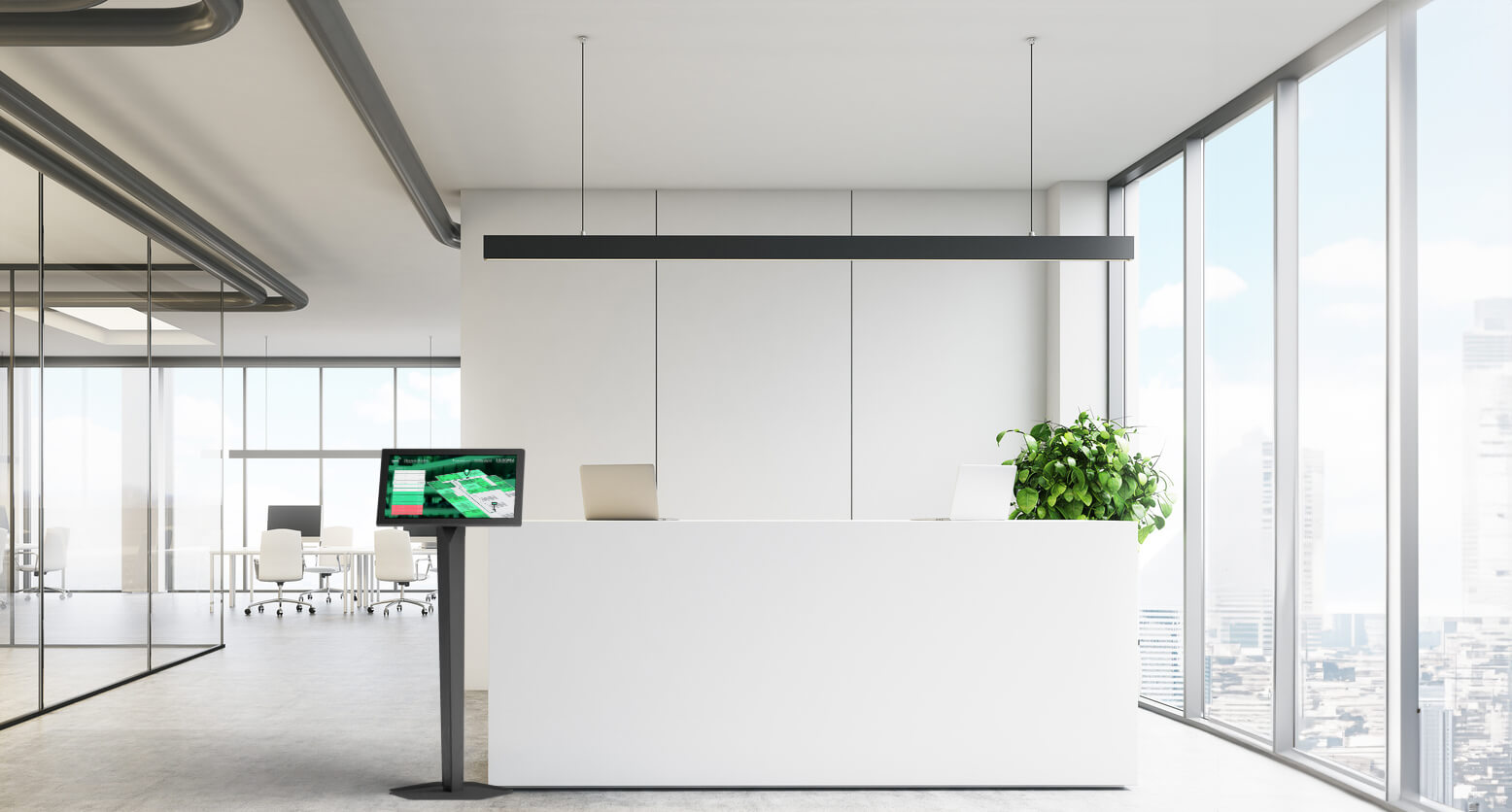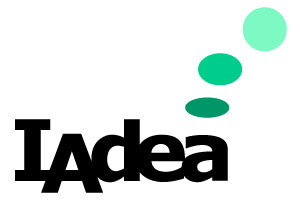
As hybrid work models become the standard, organizations are moving away from traditional office setups with assigned seating to more flexible arrangements such as desk hoteling. In the contemporary desk hoteling setup, each desk is equipped with its own booking panel to display availability and facilitate user interaction with the reservation system. While this setup has been effective, it has also proven costly and difficult to scale as more workplaces adopt flexible desk hoteling models.
The introduction of space management kiosks marks a significant evolution in managing office spaces efficiently. These kiosks, strategically placed throughout the office, streamline the process by allowing employees to locate and check into available desks effortlessly. This system not only cuts down on the hardware costs associated with individual desk panels but also boosts adaptability to daily shifts in desk usage and employee attendance.
The deployment strategy of space management kiosks is critical in optimizing operational efficiency and budget management. Balancing the number of kiosks is crucial; too many can lead to wasted resources, while too few may cause delays and congestion, interrupting the workflow. Properly analyzing office layouts and traffic patterns, alongside anticipating peak usage times, is essential for ensuring that kiosks are both accessible and effectively utilized. Starting with a few well-placed kiosks and scaling based on actual usage can help maintain this balance. Additionally, incorporating a feedback mechanism allows for continuous improvement based on user experiences.
As organizations continue to adapt to hybrid working models, space management kiosks emerge as a prudent solution that harmonizes cost-efficiency with convenience and flexibility. By simplifying the desk booking process, these kiosks not only foster a more agile office environment but also enhance overall productivity and employee satisfaction. This strategic integration of technology into workspace management underscores a commitment to optimizing both employee experience and operational effectiveness in today’s evolving workplace landscape.

